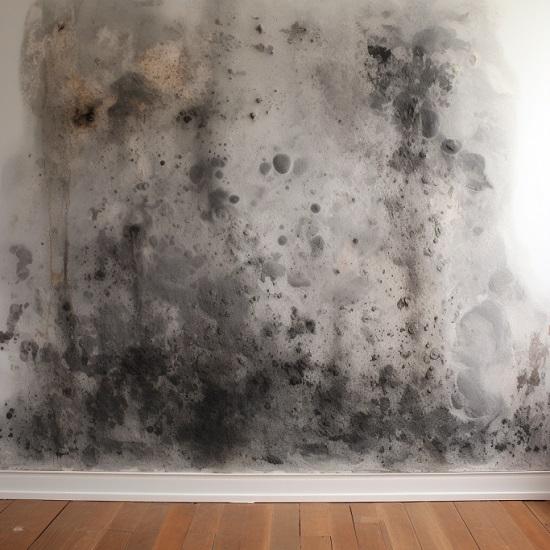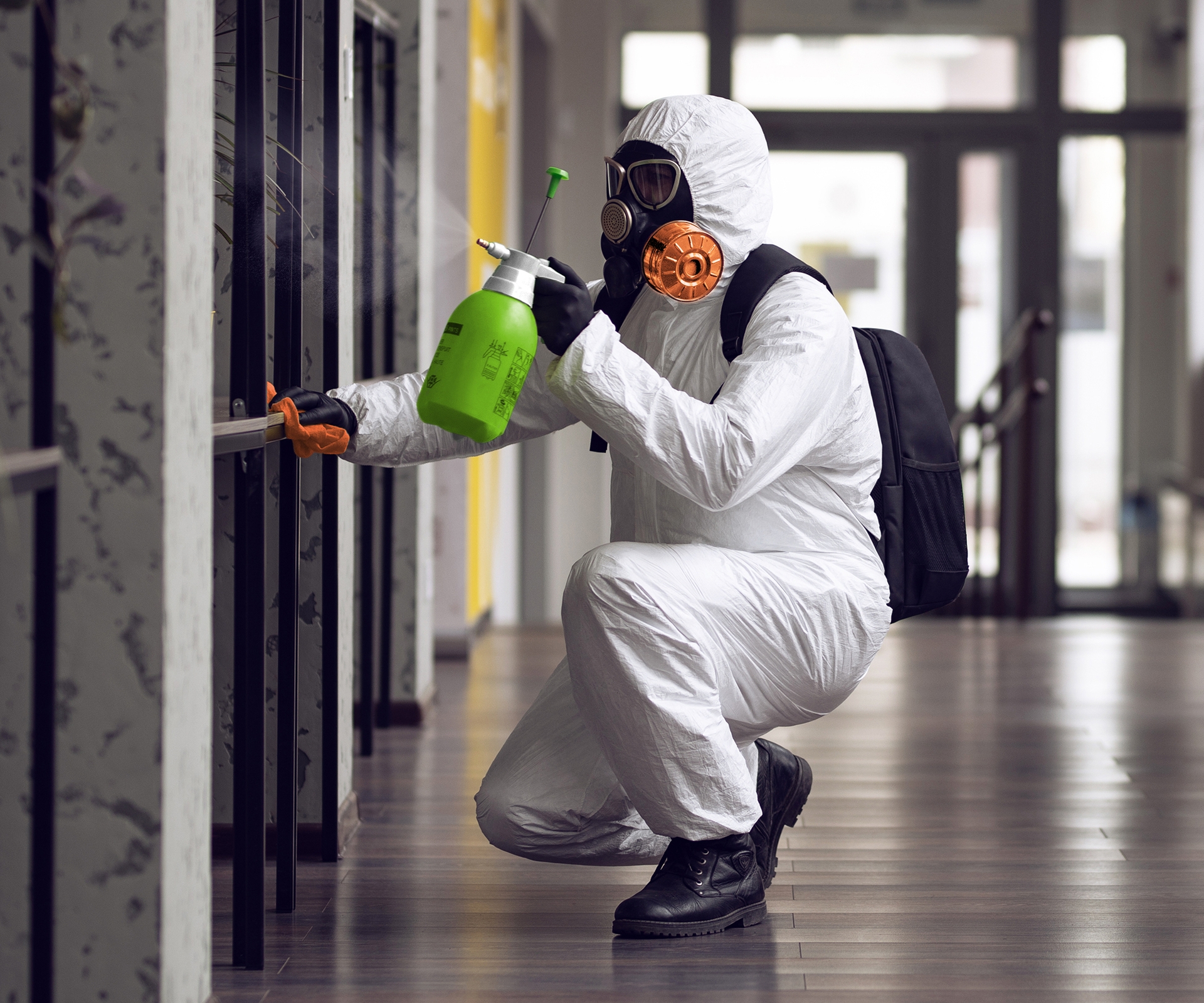Support on What to Do After Mold Remediation
Wiki Article
Effective Blog Post Mold And Mildew Removal Solutions for Your Home
Mold and mildew growth in homes can be a persistent issue, usually calling for an organized strategy for reliable post-remediation solutions. From recognizing the variables that add to mold and mildew advancement to carrying out appropriate cleansing strategies and moisture control procedures, the process can be elaborate yet important for maintaining a healthy living setting. In addition, exploring all-natural remediation remedies and developing a routine for continuous maintenance are essential parts of a thorough mold and mildew remediation method. As property owners aim to deal with mold and mildew worries, discovering the most reliable services becomes paramount for the health of their homes.Recognizing Mold And Mildew Growth Elements
Mold and mildew development is influenced by a range of factors that are crucial to comprehend in order to successfully address and avoid its spreading. Comprehending these aspects is essential in executing effective mold and mildew remediation methods. The key element adding to mold and mildew growth is dampness. Mold spores need dampness to germinate and prosper, making damp or damp environments extremely susceptible to mold and mildew infestations. Poor air flow can also bring about moisture accumulation, creating an excellent breeding ground for mold.
Moreover, air flow and light direct exposure can affect mold and mildew growth. Areas that do not have appropriate ventilation and all-natural light are much more vulnerable to mold and mildew advancement. By attending to these aspects thoroughly, individuals can efficiently minimize mold and mildew development and safeguard their living environments.
Correct Mold Cleaning Techniques
Utilizing reliable cleaning techniques is crucial in attending to and protecting against the reoccurrence of mold contamination in interior settings. When dealing with mold, it is critical to prioritize security by putting on safety gear such as goggles, masks, and gloves. The very first step in appropriate mold and mildew cleansing is to contain the afflicted area to stop the spread of spores to uncontaminated locations. This can be achieved by sealing the area and utilizing air scrubbers or adverse air machines to preserve air high quality.
Executing Dampness Control Steps
To effectively avoid mold and mildew growth and contamination in interior settings, implementing wetness control measures is paramount. Wetness Visit Your URL is the main variable that fuels mold advancement, making it vital to handle moisture levels why not try this out within the home. One effective step is to utilize dehumidifiers to maintain indoor humidity levels below 60%. Furthermore, making certain correct air flow in locations vulnerable to moisture build-up, such as kitchens and restrooms, can help lower the threat of mold and mildew development. Consistently inspecting and repairing any type of leaks in plumbing, roofs, or windows is additionally essential in preventing excess wetness build-up. Using exhaust fans while food preparation or bathing, and permitting air blood circulation by keeping furniture slightly far from wall surfaces can assist in wetness control. Making use of moisture-resistant products in high-humidity locations, such as mold-resistant drywall and paints, can be helpful. By carefully executing these moisture control actions, home owners can successfully minimize the possibility of mold and mildew recontamination and preserve a healthy interior atmosphere.Using All-natural Remediation Solutions
After efficiently applying moisture control steps to prevent mold and mildew development in indoor settings, house owners can now discover the efficiency of natural removal solutions in maintaining a healthy and balanced right here living space. Natural remediation options use eco pleasant techniques to battle mold and mildew and mold, making them a popular selection for those seeking non-toxic options. By integrating these natural removal solutions right into their cleaning regimens, homeowners can efficiently fight mold development while promoting a healthier indoor environment for themselves and their family members.
Maintaining a Mold-Free Setting
Frequently examining areas susceptible to mold and mildew growth, such as restrooms, kitchen areas, basements, and attics, is crucial. Proper air flow in locations with high moisture levels is additionally key to preventing mold and mildew development.Additionally, preserving sanitation in the home is vital for mold and mildew prevention. Frequently cleaning and cleaning surfaces, rugs, and furniture can aid get rid of mold and mildew spores before they have a chance to resolve and multiply. Utilizing mold-resistant products for building products and furnishings can additionally help in producing a mold-free atmosphere. Last but not least, keeping interior plants in check and ensuring appropriate water drainage in outdoor landscaping can decrease moisture build-up, minimizing the likelihood of mold infestations. By complying with these positive upkeep practices, homeowners can effectively promote a mold-free home.
Verdict
Finally, it is vital to address mold and mildew growth aspects, utilize proper cleaning methods, carry out dampness control steps, utilize all-natural removal services, and maintain a mold-free setting in order to successfully take care of post mold remediation in your home - what to do after mold remediation. By complying with these approaches, you can protect against mold from persisting and ensure a healthy living environment for you and your family members
The main aspect contributing to mold development is wetness. Mold spores need wetness to germinate and grow, making wet or humid environments extremely at risk to mold and mildew invasions.To efficiently stop mold growth and contamination in interior atmospheres, executing dampness control measures is critical. Additionally, making sure correct ventilation in locations vulnerable to moisture build-up, such as restrooms and kitchen areas, can help reduce the risk of mold and mildew growth.After successfully applying moisture control procedures to protect against mold and mildew growth in interior atmospheres, house owners can now check out the performance of all-natural remediation services in maintaining a healthy and balanced living area.
Report this wiki page